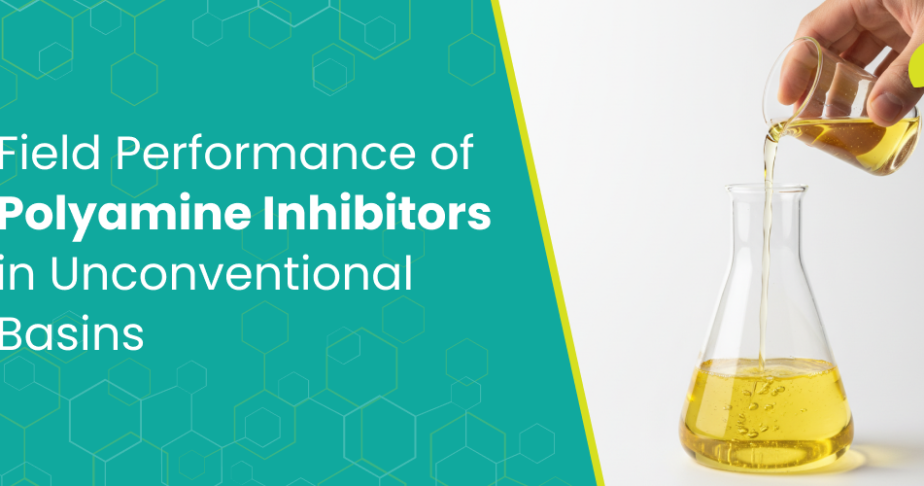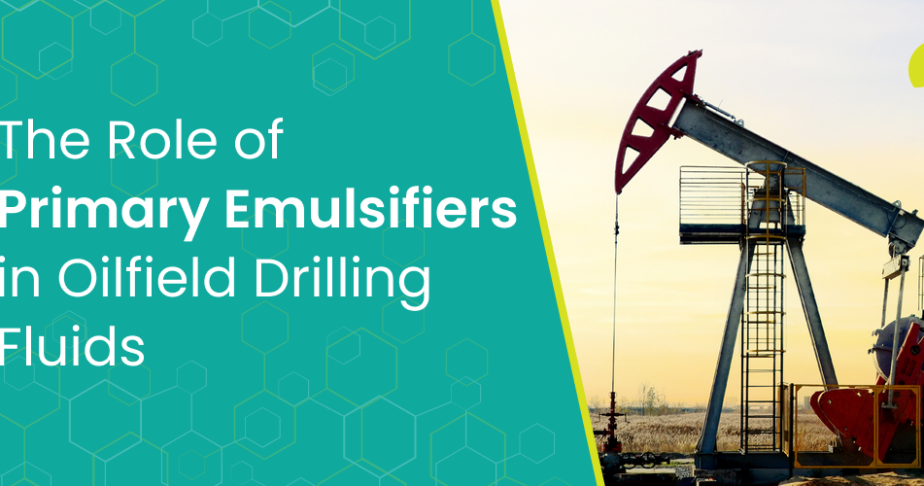Drilling in HPHT wells is extremely challenging and pushes every component to its limit. Rigs, crews, and drilling fluids all face intense pressure and heat. Often, the real challenge lies not in stee...
Field Performance of Polyamine Inhibitors in Unconventional Basins
Unconventional basins are not simple places to drill. The rock is reactive, the fluids interact differently, and the risks tied to wellbore stability are high. For operators, the biggest troublemak...
The Role of Primary Emulsifiers in Drilling Fluids: More than Just “Mixers”
In drilling, nothing in the mud stays together by chance. Something has to hold it steady. That job falls on emulsifiers. They work in silence, and without them, the oil-based or invert emulsion fl...
How Polyamine Inhibitors Reduce Swelling in Reactive Shales
If you have worked with reactive shales, you already know the struggle. One wrong choice in the drilling mud treatment chemicals, and suddenly your borehole starts acting up. Swelling. Tight spots....
How Primary Emulsifiers Improve Thermal Stability in Deep Wells?
High-pressure. High-temperature. High risk. That sums up the challenge of drilling in deep oil wells. Everything below the surface gets more intense. The heat. The pressure. The chemical reactions....
Why Cloud Point Glycol Is Ideal for Hydrate Control in HPHT Wells?
Working in high-pressure, high-temperature (HPHT) wells? Then, you know one thing for sure – hydrate formation is not just a possibility. It is a serious risk, and if you do not manage it right, it...
Industrial Applications of N-Methyl Aniline in Petrochemical Blends
If you are in the petrochemicals industry, you would deal with complex mixtures of fuels or chemicals and with pressure to enhance performance, without blowing up costs or timelines. That is where cer...







